What Is the Prime Meridian?
The Prime Meridian is a line that splits the Earth into the Eastern and Western Hemispheres, passing through Greenwich, London.
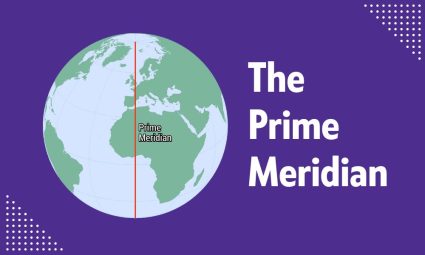
The Prime Meridian is a line that splits the Earth into the Eastern and Western Hemispheres, passing through Greenwich, London.
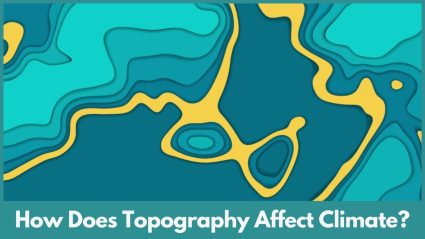
How does topography affect climate? Topography is like nature’s architect for climate, influencing temperature and weather.
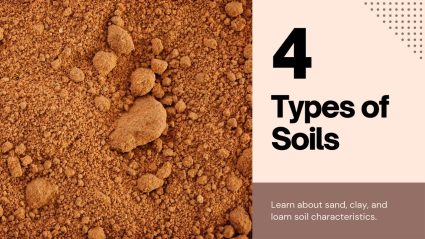
Soil is everywhere, under our feet, in gardens, and in the wild. But not all soils are the same. From silt to loam, learn the types of soils.

Filling out consulting timecards feels like a never-ending chore. Today, I will tell you why I am not a fan of timecards in consulting.
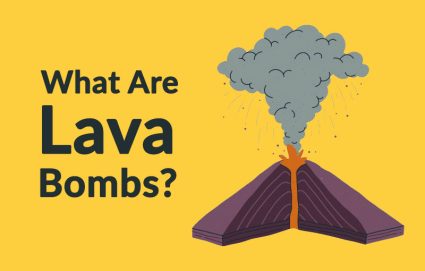
Lava bombs (volcanic bombs) are chunks of molten rock shot from a volcano. When a volcano erupts, it launches these rocks into the air.

Entomologists study insects, including how they live and grow. Because insects are everywhere, they learn how they help or harm us.
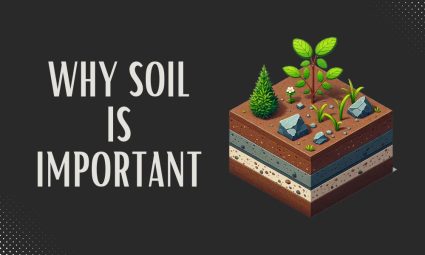
In this article, we’ll explain why soil is important. You’ll learn about its benefits in the environment and how it supports life on Earth.
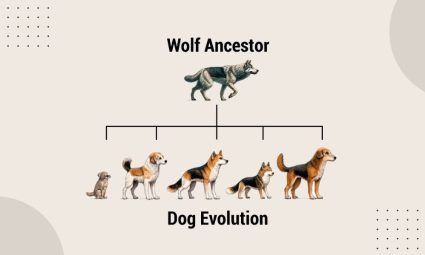
Trace the journey of pet evolution with us. From cats to dogs, discover how pets have adapted to living with humans including ancestors.
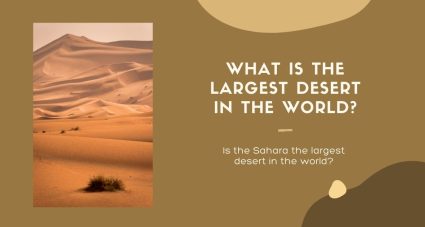
What is the biggest desert in the world? While the largest hot desert is the Sahara, Antarctica is the world’s coldest desert.

Earth went through a dramatic freeze, known as “Snowball Earth”. Picture Earth, not as a blue and green globe, but as a white, icy snowball.
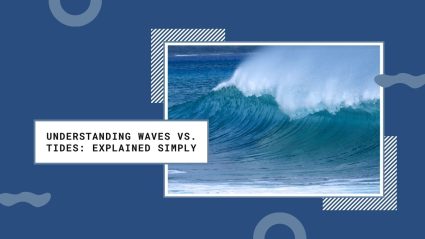
Waves vs tides: – what’s the difference? Waves are made by wind blowing over the water. Tides are because of the rise and fall of sea levels.
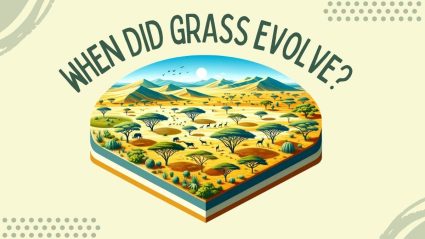
When did grass evolve? Grass first appeared around 55 to 65 million years ago. After the extinction of dinosaurs, grasses quickly spread.

Thor’s Well is a natural wonder on the Oregon Coast. Known as a “sea hole” it looks like a bottomless pit. Water rushes in and out with tides.
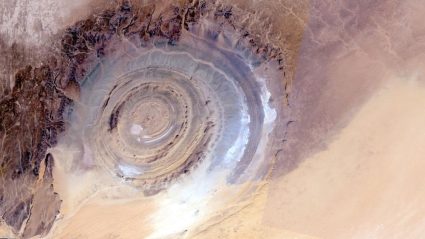
The Eye of the Sahara, also known as the Richat Structure, is a geological formation (resembling an eye) in the Sahara Desert in Mauritania.
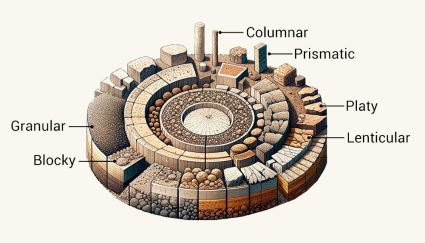
Soil is not just a single shape. Instead, it’s a mix of different shapes and soil structure. Let’s go on a journey into the ground beneath us.